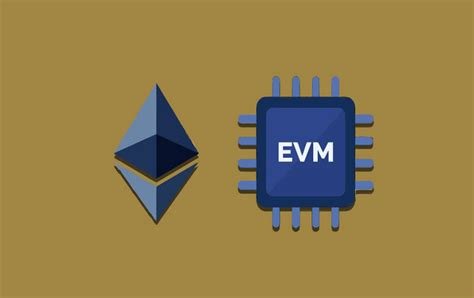OP_RETURN Data Transaction: Understanding the OP_RETURN Function
In recent updates, Ethereum introduced the OP_RETURN data function, which allows users to store and retrieve information about their transactions. The main feature of OP_RETURN is its ability to return data during a transaction. However, how does it work? In this article, we will go into the details of OP_RETURN transactions and reveal what you need to know.
What is an OP_RETURN transaction?
An OP_RETURN transaction is a type of transaction that stores information related to a previous transaction in memory, rather than sending the data as part of the current transaction. This allows for more efficient storage and retrieval of transaction data.
How is data returned during a transaction?
When creating an OP_RETURN transaction, you do not need to create a new `txout’ value. Instead, you can specify that the transaction returns the stored data using the “returnData” function. This allows users to retrieve their transaction history and other relevant information without sending additional data as part of the current transaction.
Example:
Consider an OP_RETURN transaction that stores a user’s balance in the table ‘0x…/balances’:
contract BalanceStorage {
mapping(address => uint256) balances;
function setBalance(address _user, uint256 _balance) public {
balances[_user] = _balance;
}
function getBalance(address _user) public View return (uint256) {
return balances[_user];
}
}
To use the OP_RETURN function, you can create a transaction “OP_RETURN” as follows:
pragma strength ^0.8.0;
contract OP_RETURN {
BalanceStorage storage;
constructor() {
storage.setBalance(address(_msgSender()), 100);
}
function doWork() public {
request(!storage.getBalance(address(_msgSender()))), "User not set yet!");
// Use the stored balance data here
}
}
In this example, when the “doWork” function is called, it returns the stored balance data using the “returnData” function.
Key Benefits
The OP_RETURN transaction has several benefits:
- Improved Security: By storing data in memory and returning it during a transaction, you can reduce the amount of data that needs to be transferred over the network.
- Increased Efficiency: By using OP_RETURN transactions, you can improve overall efficiency by reducing the number of transactions required to achieve a given goal.
Conclusion

The OP_RETURN data function is a powerful tool for storing and retrieving information about Ethereum transactions. Using this feature, you can create more efficient and secure transactions that reduce the amount of data sent over the network. Remember to be careful when executing OP_RETURN transactions, as they can affect the security and scalability of the contract.

